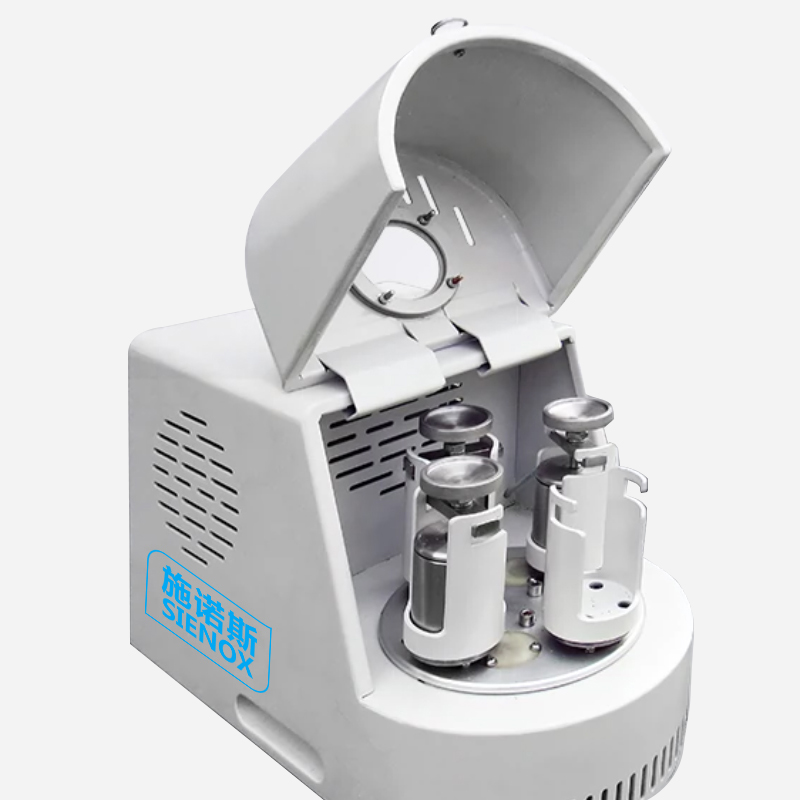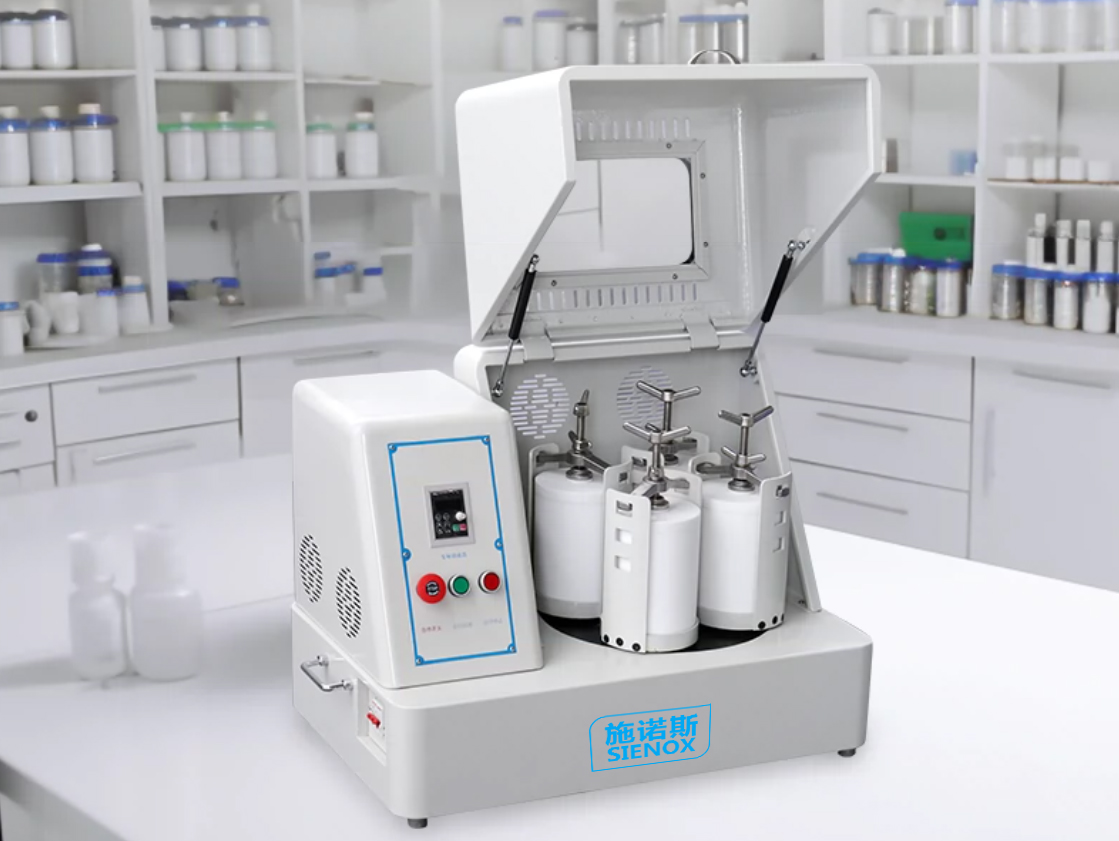
Experimental homogenizer

TEL:18925129293
Multi station ball mill






Ball mill is a commonly used grinding equipment in industrial fields such as mining, metallurgy, and cement. Its main function is to crush materials into small particles for subsequent processing and utilization.
Ball mill is a commonly used grinding equipment in industrial fields such as mining, metallurgy, and cement. Its main function is to crush materials into small particles for subsequent processing and utilization. Its working principle is as follows:
The ball mill mainly consists of a rotating cylinder, a feeding port, a discharging port, bearings, and a transmission device. When the ball mill starts working, the cylinder begins to rotate, and the material enters the interior of the cylinder from the feeding port and is continuously ground as the cylinder rotates.
Inside the cylinder, there are also a certain amount of grinding balls (usually steel balls) that are used to impact, friction, and wear the material, thereby grinding it into smaller particles. The size and quantity of grinding balls will affect the grinding efficiency and output of the ball mill.
During the grinding process, the material is subjected to various forces such as inertia, centrifugal force, friction force, and impact force. Under these forces, the material is continuously ground until it reaches the desired particle size. Finally, the ground material is discharged from the ball mill through the discharge port.
It should be noted that the working efficiency and grinding effect of ball mills are influenced by various factors, such as the size and quantity of grinding balls, material hardness, silo capacity, feeding speed, etc. Therefore, in the use of ball mills, it is necessary to make reasonable adjustments and controls according to different materials and process requirements to achieve the best grinding effect.












